Discover 7 hidden attractions, cool sights, and unusual things to do in Romford (United Kingdom). Don't miss out on these must-see attractions: Church of St Edward the Confessor, Lodge Farm Park, and Havering Town Hall. Also, be sure to include Gidea Park in your itinerary.
Below, you can find the list of the most amazing places you should visit in Romford (England).
Table of Contents
Church of St Edward the Confessor
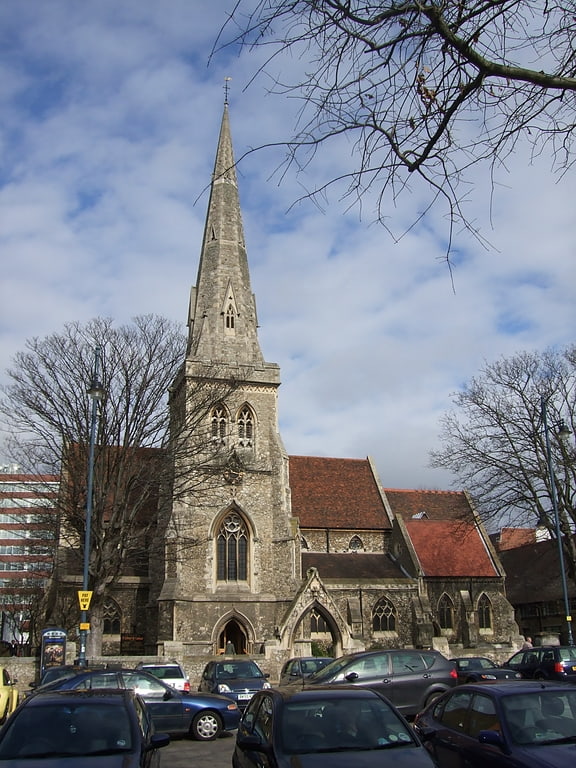
The Church of St Edward the Confessor is an anglican church in Romford, in the London Borough of Havering, England. It is part of the Diocese of Chelmsford. The building dates from 1849–50 and replaced an earlier church which was demolished in the mid-19th century. There has been a religious building on the site since the end of the 14th century. The current church was completed to a Victorian Gothic design by the English architect John Johnson. It was designated as a Grade II* listed building by English Heritage in 1952.[1]
Address: 5 Park End Road, Romford (Havering)
Lodge Farm Park
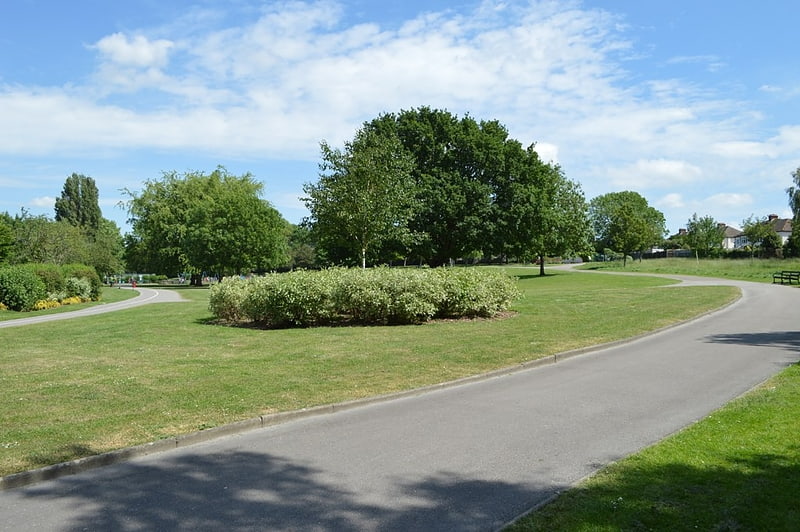
Park in Romford, England. Lodge Farm Park is a public park in Gidea Park in the London Borough of Havering, United Kingdom.
It is one of a series of parks which stretch northwards from the railway line between Romford and Gidea Park. The southern entrance to Lodge Farm Park is in Carlton Road (which runs parallel to the railway line) and the northern entrance is on Main Road (formerly called Hare Street) opposite to Raphael Park.
The park is home to Romford Bowls Club. There was a temporary miniature railway (7 1/4" gauge) provided by Havering Miniature Railway Club in 2015 and a proposal has been submitted to Havering council for a permanent railway
As of early 2017 the construction of the railway has seen a new station called Black's Brook created in the picnic area. The railings surrounding the platform were donated by Costains and are reclaimed from Shenfield Station.[2]
Havering Town Hall

City or town hall in Romford, England. Havering Town Hall is a municipal building in Main Road, Romford, London. The town hall, which is the headquarters of Havering London Borough Council, is a Grade II listed building.[3]
Gidea Park
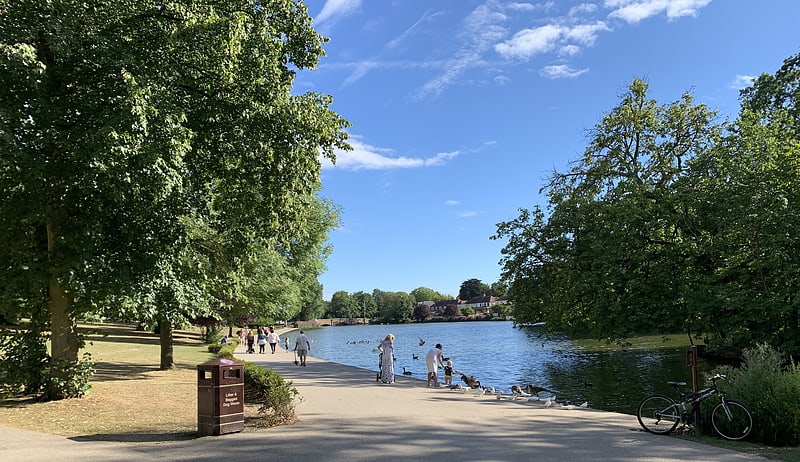
Gidea Park is a neighbourhood in the east of Romford in the London Borough of Havering, south-east England.
Predominantly affluent and residential, it was historically within the county of Essex and saw significant expansion in the early 20th century with exhibitions of housing and town planning (the first being known as Romford Garden Suburb) and the construction of a railway station on the main line out from Liverpool Street in the City of London.[4]
Bower House
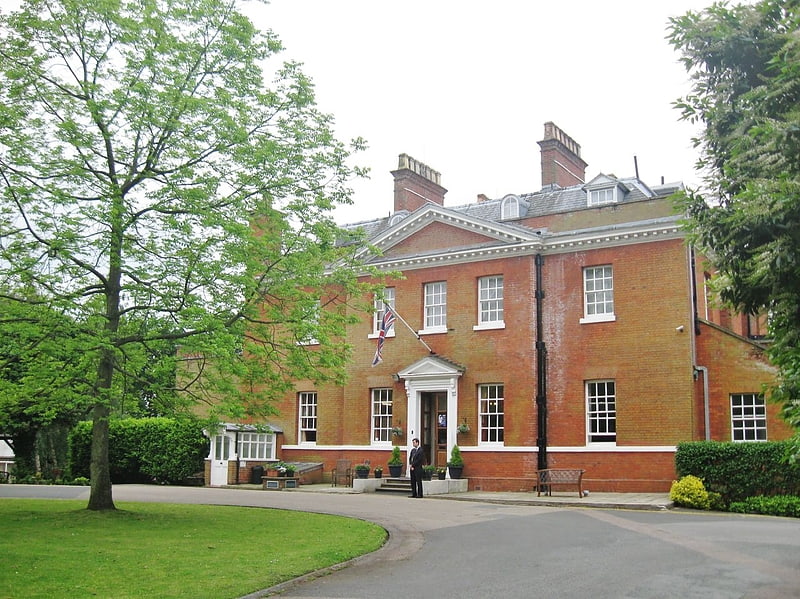
The Bower House is a grade I listed Palladian mansion in Havering-atte-Bower, England. It was built in 1729 by Henry Flitcroft. The stable block is separately grade I listed. It incorporated architectural items salvaged from the ruined Havering Palace. It remained a private home until 1976 when it was purchased by the Ford Motor Company. It is currently used as a Christian training centre. It forms part of the Open House London weekend.[5]
Chadwell Heath
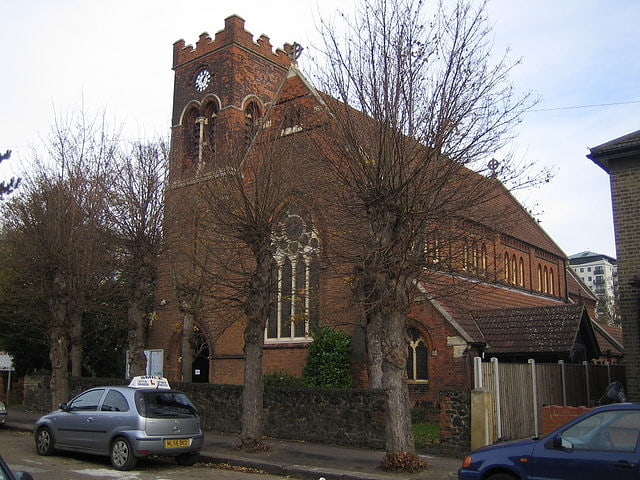
Chadwell Heath is an area in east London, England. It is situated on the boundary of the London Borough of Barking and Dagenham and the London Borough of Redbridge, around 2 miles west of Romford and 4 miles east of Ilford, and 12 miles north-east of Charing Cross.
The name was first used in the 17th century for a settlement in the parish of Dagenham in Essex, which later absorbed the neighbouring hamlet of Chadwell Street in the parish of Barking (later Ilford). Chadwell Heath railway station, on the Great Eastern Main Line, opened in 1864, connecting the area to Central London. After the First World War, the area developed as a residential suburb and formed the northern limit of the Becontree estate, causing an increase in population density. The area became part of Greater London in 1965.
The area is home to the Chadwell Heath Academy. It was the final residence of Eva Hart, a survivor of the RMS Titanic, and a local pub is named after her.[6]
Little Heath
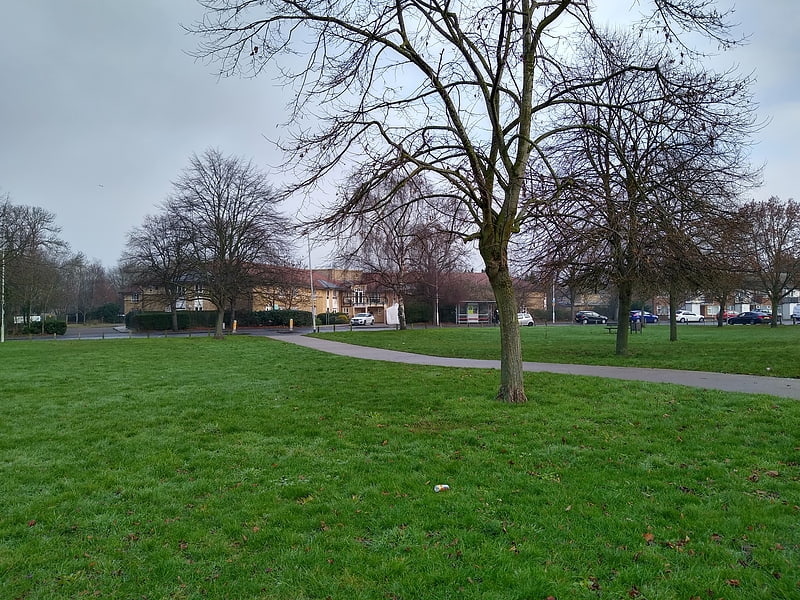
Little Heath is a locality in Romford. To the east is Chadwell Heath in the London Borough of Barking and Dagenham, after which it was modelled. The postcode for the area is RM6. Little Heath School is based in the area. East London Transit route EL3 terminates at Little Heath.[7]